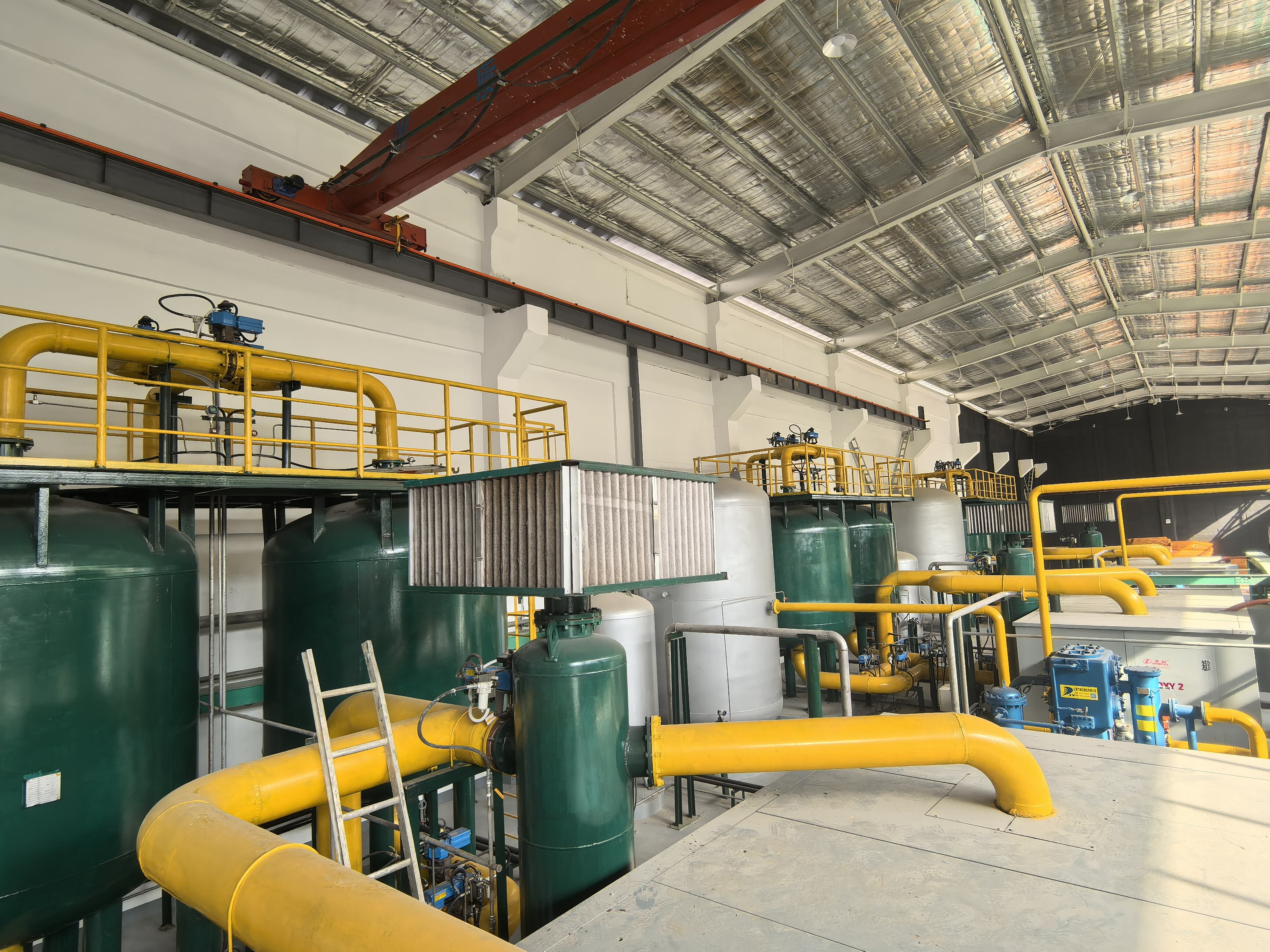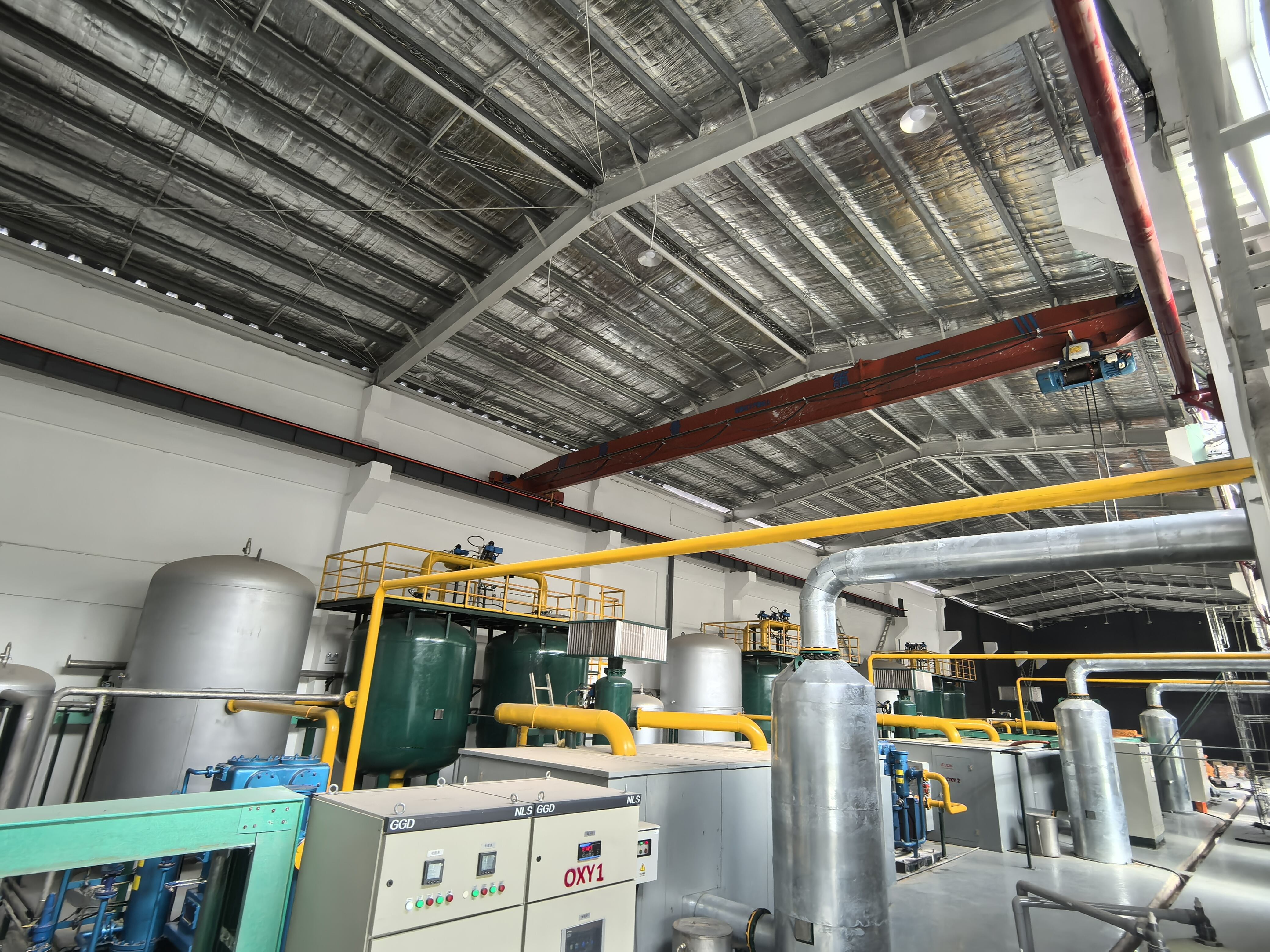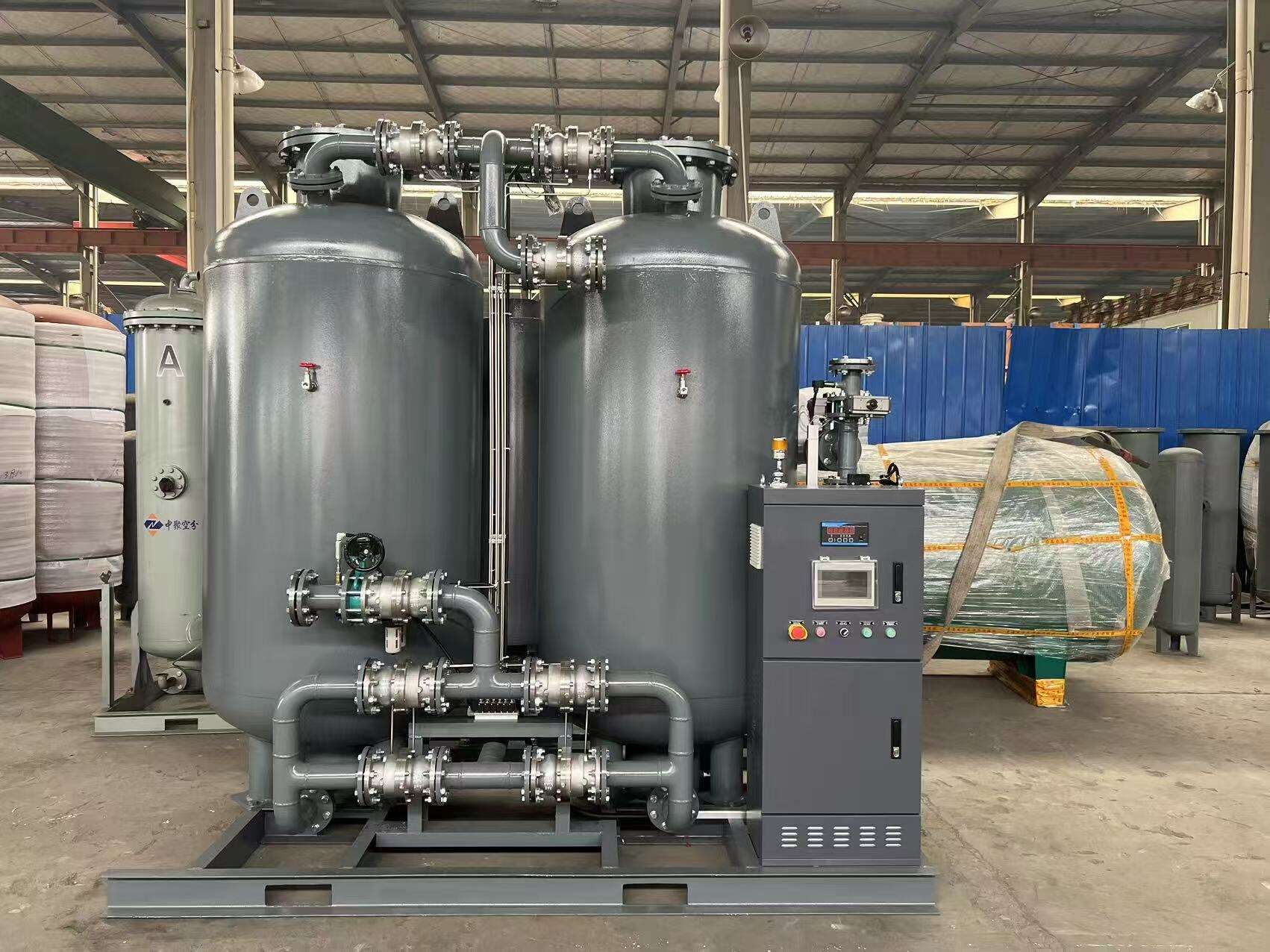обладнання для виробництва кисню методом VPSA
Обладнання для виробництва кисню VPSA (Vacuum Pressure Swing Adsorption) є сучасним рішенням для локального виробництва кисню. Ця передова система працює шляхом використання спеціалізованих молекулярних фільтруючих матеріалів для розділення кисню з навколишнього повіtru за допомогою точно контролюваного процесу зміни тиску. Обладнання має два головних контейнера, заповнені цеолітом, які чергують фази адсорбції та дезорбції, щоб забезпечити неперервне виробництво кисню. Працюючи при тисках, що переважно коливаються від 0.3 до 2.5 бар, системи VPSA можуть досягати рівнів чистоти кисню до 95%. Технологія включає складні системи управління, які моніторять і регулюють операційні параметри у режимі реального часу, забезпечуючи оптимальну продуктивність та ефективність. Сучасні одиниці VPSA мають енергоекономічні компоненти, включаючи передові компресори та вакуумні помпи, що сприяє зменшенню вартості експлуатації. Обладнання проектується з урахуванням модульності, що дозволяє легко масштабувати потужність виробництва від 50 до 20,000 Nm³/год кисню. Ця гнучкість робить системи VPSA придатними для різних галузей, включаючи медичні заклади, заводи металургійної обробки, установки очищення стічних вод та хімічні підприємства. Автоматизоване управління системою потребує мінімального нагляду, поки вбудовані безпекові функції та заходи надлишковості забезпечують надійний, неперервний постачання кисню.


